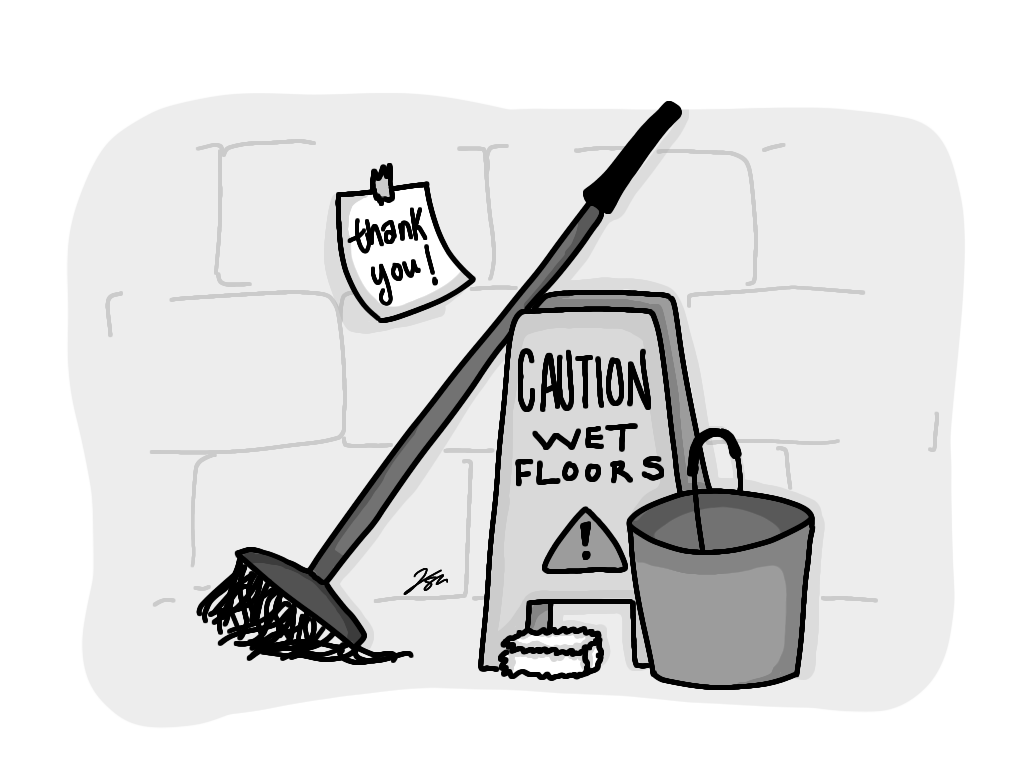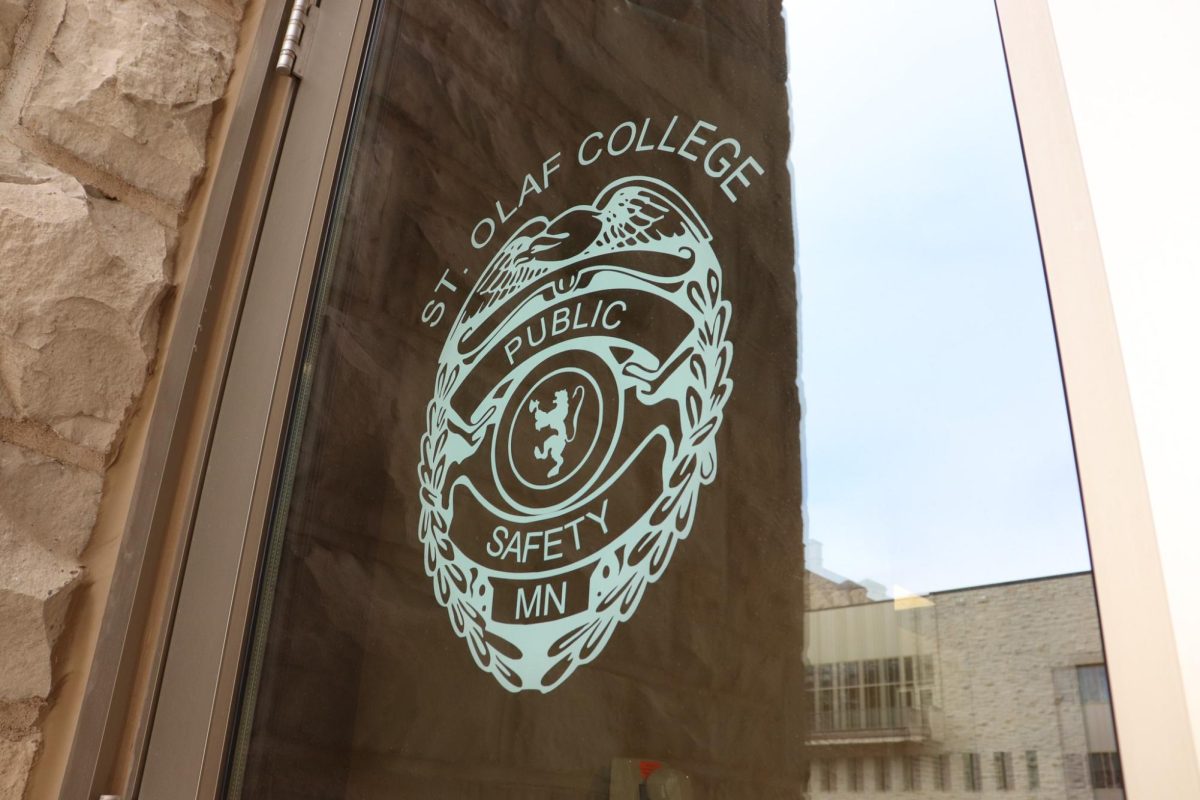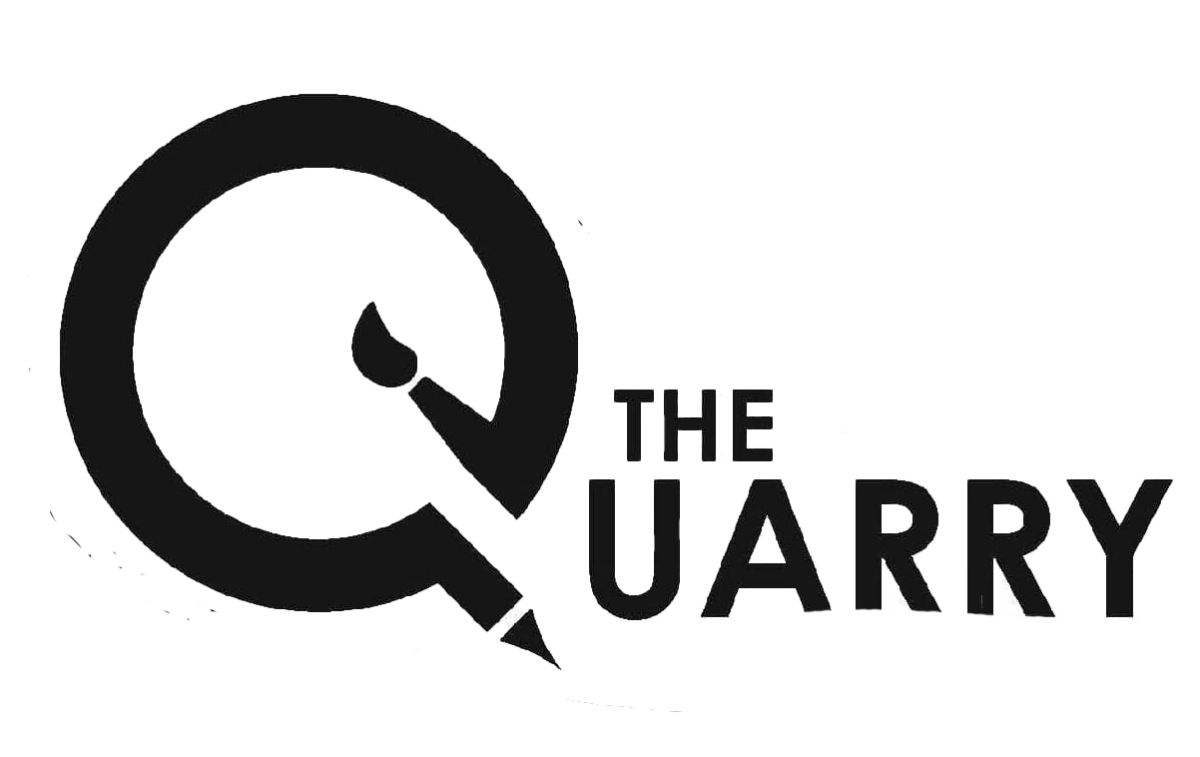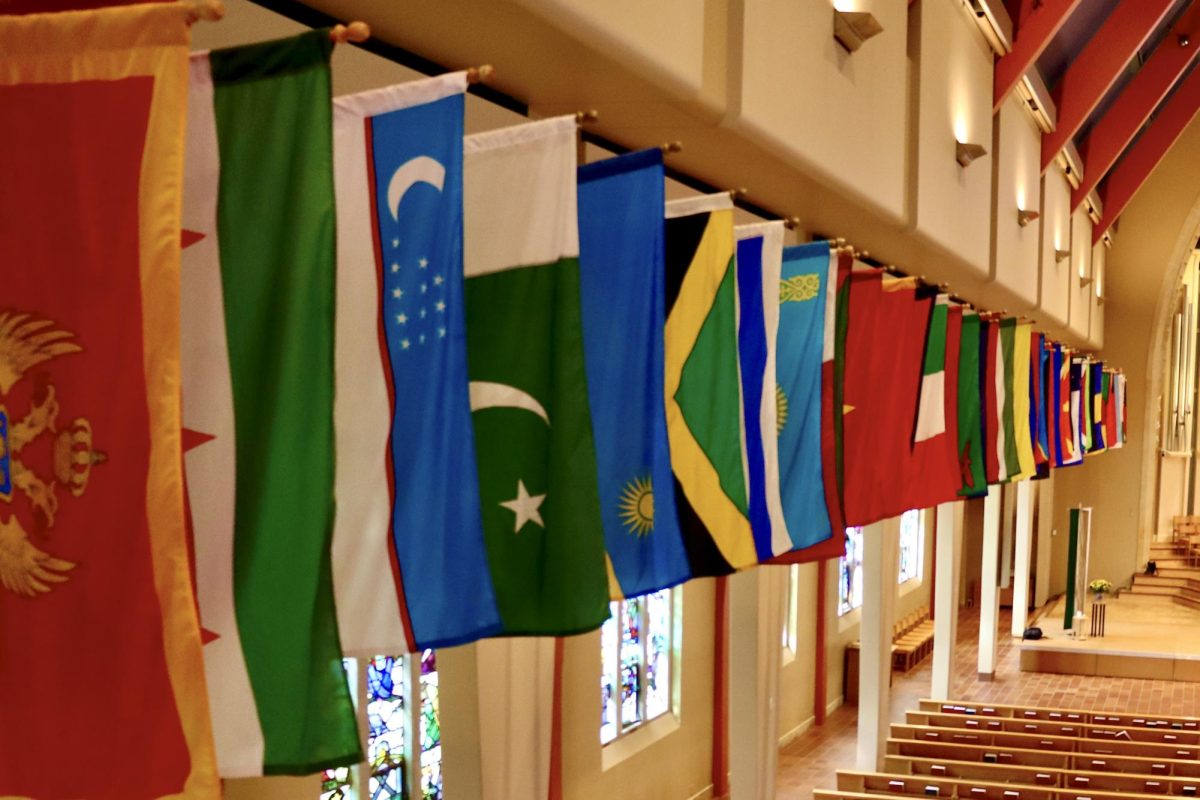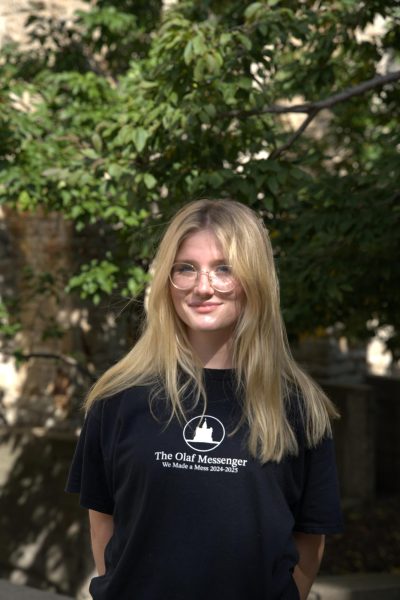In early March, a U.S. judge blocked the Trump administration from continuing to carry out massive cuts to federal research grant funding provided by the National Institutes of Health (NIH). At the request of 22 state attorneys general, medical associations, and universities, an injunction was issued ruling the planned funding cuts unlawful.
These lawsuits were filed following the NIH’s Feb. 7 directive, which announced it would sharply reduce the rate at which it reimburses research institutions for “indirect costs,” or the overhead costs of research, such as electricity, equipment, and assistants. While the average rate reported by the NIH was previously between 27% to 28%, the new directive capped it at just 15%. This reduces spending for the NIH by $4 billion annually and reflects the first Trump administration’s proposed indirect rate cap of 10% in 2017 — a move that was notably blocked by lawmakers.
Since then, the research world has been plunged into uncertainty, with federal agencies like the National Science Foundation (NSF) reducing support for projects, specifically those related to diversity, equity, and inclusion (DEI) and gender studies. Some universities have already had to cut or alter research plans as legal challenges continue to mount. As these changes ripple through the academic landscape, universities, researchers, and students alike are left uncertain about the future of federally supported research.
Currently, St. Olaf has $12 million in multi-year federal grant dollars for its TRIO services and research grants. There are currently five NSF-funded research projects.
“The research grants, generally speaking, are pretty standard research grants,” said Vice President for Community and Belonging Eduardo Pazos Palma. “We’ve never had to worry about whether or not we were going to get them, except for this time, because of the executive orders.”
Pazos Palma notes that, as of now, St. Olaf has not yet been impacted by any of the cuts or rollbacks on grants and research monies. With much still uncertain, it’s “business as usual.”
St. Olaf currently receives the majority of its grants through non-NIH funds, which largely remain unaffected by changes such as the indirect costs cap. However, if this cap becomes standardized across all federally funded programs, the school would lose “thousands and thousands” in grant money, Palma said.
“If a university decides that, ‘oh, if I’m not going to get this indirect cost anymore,’ I can’t really promise funding support for graduate students at the levels that I could previously,” said a researcher with an NSF grant, who was granted anonymity due to fear of government reprisal.
According to the source, reduced funding for universities could limit the number of graduate students accepted into a program, decreasing research opportunities entirely. Pazos Palma notes similar effects.
“We’re seeing, at the country-wide level [and] at the nationwide level, an overall chilling effect on the amount of research positions and research funds available for students,” Pazos Palma said.
Recently, the NSF has reduced support for its long-running Research Experiences for Undergraduates (REU) program, which provides summer research opportunities to thousands of college students, including many from historically underrepresented groups.
This reduction aligns with a broader trend of anti-DEI rhetoric affecting the research community. The NSF has also shared a list of flagged grant proposal terms, such as “advocates,” “diverse,” and “female,” that could disqualify applications. Many of these restrictions stem from a Trump-era executive order aimed at ending what it called “radical and wasteful government DEI programs.”
Professors and scholars have already been affected by this as they apply for research grants, now being forced to redetermine how they write the grant, what they’re researching, and who it affects.
“It’s kind of scary, because you want science to be objective, and you want the people that are studying it not to be influenced by politics,” said the researcher. “You can’t really do that if the administration is having a say in what gets properly funded versus what doesn’t get funded.”
While the St. Olaf administration attempts to prepare for and understand the shifting landscape of research in America, Pazos says they will work hard to get accurate, timely information to research partners on campus. However, as the impact of political influence on research continues to grow, many warn of its far-reaching consequences.
“When politics is determining which grants get prioritized, which grants get funded, then we’re no longer practicing science in a free way,” said the researcher. “Scientists are no longer able to come to conclusions in an unbiased, scientific way that will help us make better decisions about tomorrow.”
